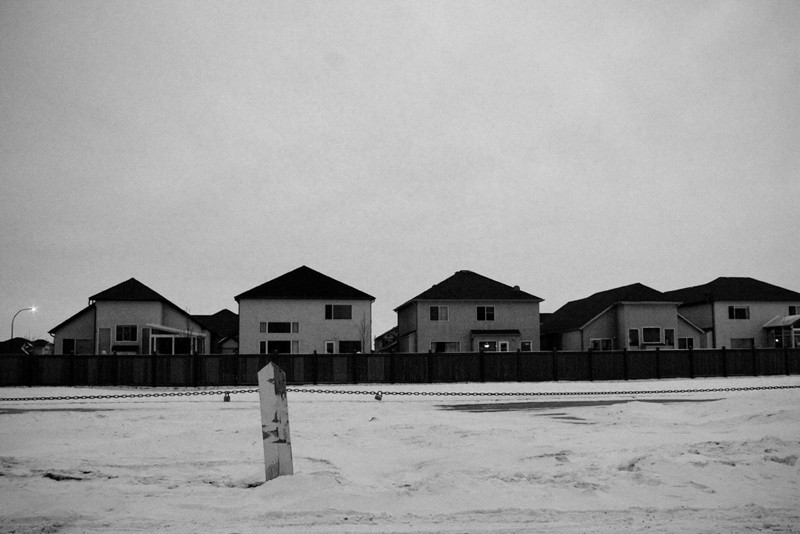Urban sprawl is bad for your health: report
Longer ambulance times, less walking are consequences of bloated cities
New studies have shown suburban neighbourhoods have the potential to negatively impact the well-being of their residents through higher emergency medical response times and lower instances of physical activity.
A 2009 study from the Department of Emergency Medicine at the University of Virgina reported that “urban sprawl is significantly associated with increased emergency medical service (EMS) response time and a higher probability of delayed ambulance arrival.”
The report examined car crash data in various areas of population density and the resulting time it took for EMS to reach the crash site.
One of the three authors, Dr. Matthew Trowbridge, recognizes that his work isn’t the first of its kind, but maintains it is stimulating discussion and thought on the topic.
“I do feel that this is the first study that has actually tried to study it objectively and to try and demonstrate that impact,” Trowbridge said in a YouTube video discussing the work.
Another report highlights the connections between retail developments, land-use mix and residential density with individuals’ walking behaviours.
Published in the November 2009 American Journal of Preventative Medicine, researchers found correlations with increased instances of walking when communities contained a combination of industrial, residential and retail developments. Those numbers decreased in areas such as suburbs where land development isn’t as mixed.
For University of Winnipeg politics and planning professor Christopher Leo, the findings add to the growing number of indicators for the troublesome issue of urban sprawl.
“The more general problem is the inefficient way we use our land,” said Leo, a research blogger who discussed the reports in a recent post.
“ We’re building roads out to the Perimeter like there’s no tomorrow. Meanwhile, our infrastructure downtown is a mess.
Christopher Leo, U of W politics and planning professor
Calling for more responsible regulation and re-zoning by the City of Winnipeg, Leo points to pockets of undeveloped land in Charleswood and the west side of Transcona as prime potential real estate land with opportunity to capitalize on existing infrastructure.
“You have to make sure you fill in the empty spaces before you go beyond the edge of the city,” Leo said. “We’re building roads out to the perimeter like there’s no tomorrow. Meanwhile, our infrastructure downtown is a mess.”
But for Winnipeg developers, trying to find appropriately zoned spaces for an increasing population to live close to emergency and commercial services is a challenge.
“We’re working around the edges because everything is already built up,” Qualico Group land development manager Eric Vogan said. “I’m not going to go into East Kildonan and rip down houses and build new ones.”
Vogan values working alongside City of Winnipeg planners to ensure safety and performance standards are agreed upon and subsequently met.
“We respect the work the planners are doing and if everyone is doing their job well, then there are no surprises,” he said.
The 23-year veteran of buying, managing and preparing land for residential building values the studies’ findings but notes that U.S. suburbs differ from those in Canada developmentally. While it’s easier for American neighbourhoods to sprawl due to a warmer climate and cheaper roads, Canadian homes are typically built closer together out of necessity, said Vogan.
Published in Volume 64, Number 16 of The Uniter (January 21, 2010)







